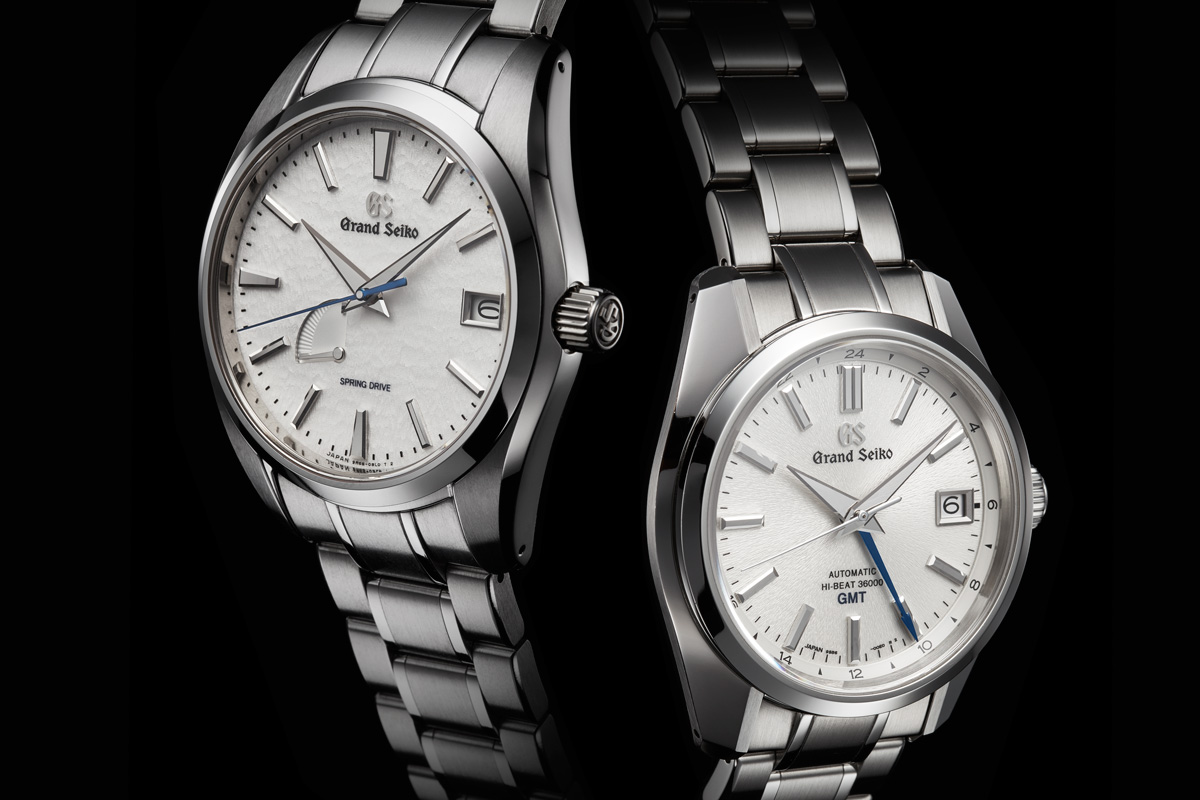
Shinshu and Iwate. Two facilities. One culture.
This is the story of Grand Seiko. It is a story of vision, determination, commitment, innovation and, most of all, of the quiet, calm and utterly single-minded determination of two generations of watchmakers to create watches that are absolutely as good as they can possibly be. The first Grand Seiko appeared in 1960 but the story started long before and continues to unfold and gather pace today. Who knows? Perhaps the best is yet to come.
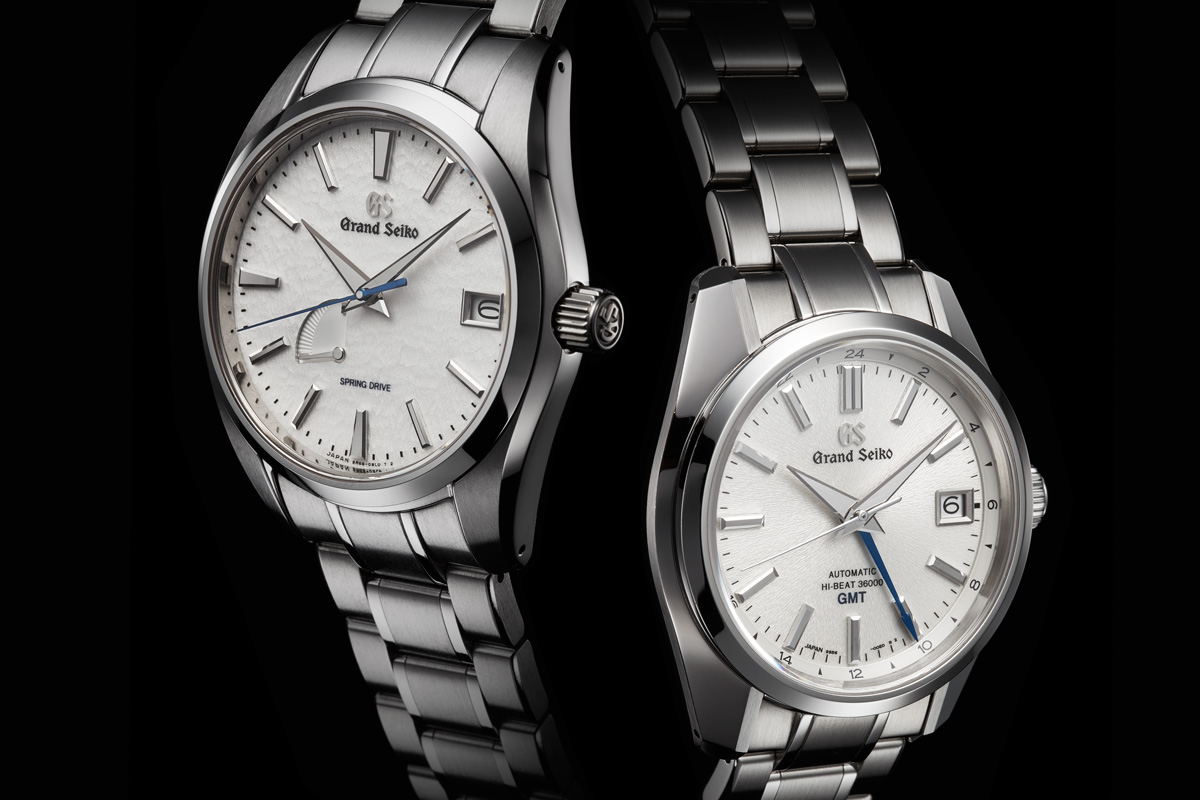
Grand Seiko: The power of synergy
Daini (the second) Seikosha was established in 1937 in the Kameido area of Tokyo as a spin off from the wristwatch manufacturing division of Seikosha. Seikosha was the original clock manufacturing facility that had been established in 1892. During World War II, Daini Seikosha was forced to evacuate from Kameido, Tokyo, to locations outside the capital. Indeed, the Kameido factory was devastated by bombing and was in no condition to manufacture watches even after the war ended and Japan started to recover. One of the evacuation facilities, the Suwa factory of Daini Seikosha, then emerged as the driver of the wristwatch business. Eventually, the Kameido plant was rebuilt with the result that the company then had two watch production facilities and a friendly competition began between the two factories in Kameido and Suwa .
The Daini Seikosha Suwa factory was primarily engaged in the manufacture of men's wristwatches with a clear focus on making watches of ever higher precision including the Marvel, Lord Marvel and Crown. In 1959, the merger of Daiwa Kogyo, which was making watch parts, and the Daini Seikosha factory in Suwa led to the birth of Suwa Seikosha, which, a year later, would release the first Grand Seiko. Meanwhile, as Daini Seikosha’s Kameido factory slowly rebuilt its production capabilities, it focussed first on the perfection of its design skills and the manufacture of women’s wristwatches.
So, by the late 1960’s, Grand Seiko watches were being made in two facilities, each with their own production methods, designs and ideas. This apparently complicated situation, however, had an important and lasting consequence. It spawned a rivalry between the two teams that would greatly advance the performance, quality and technological scope of Grand Seiko.
Dials that express the deep affection felt for the two homes of Grand Seiko
Grand Seiko watches today are manufactured at these two facilities, separated by 500 km but joined in a common dedication to make the very best watches. Suwa Seikosha is now called Seiko Epson and manufactures the quartz and Spring Drive calibers in the city of Shiojiri in Nagano Prefecture. Daini Seikosha, now called Seiko Instruments, manufactures all the Grand Seiko mechanical in the town of Shizukuishi in Iwate Prefecture. All Grand Seiko watches, whether made in Shiojiri or Shizukuishi, carry movements that are manufactured and assembled in-house and that offer the high precision for which Grand Seiko stands. Equally, the watches from both facilities share a common design theme, the Grand Seiko Style, whose focus is uniquely on precision, legibility, and beauty. The competition of the past is over and both facilities now specialise in their own areas of expertise and share the dedication to the values of Grand Seiko.

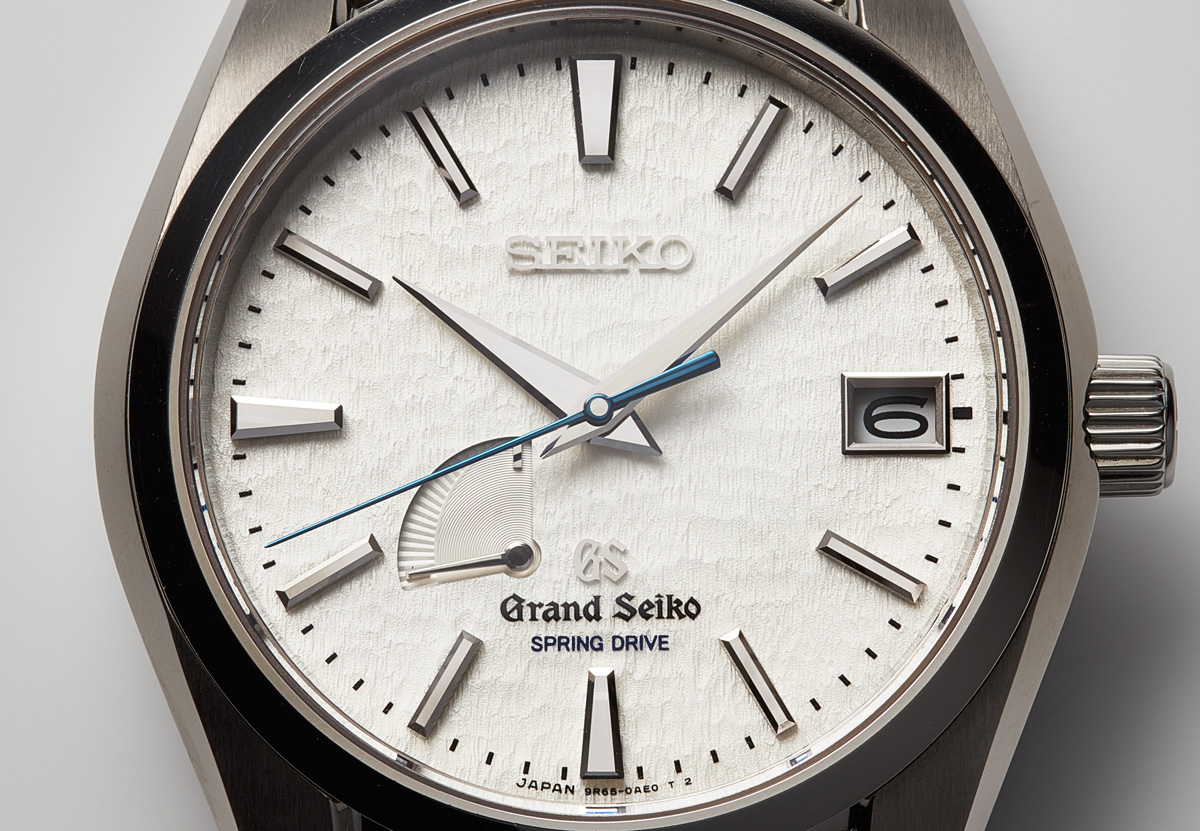
This is not to say that the very different wristwatch cultures built by the two companies, including their varying views on design and technology, have been merged. Both companies retain their own cultures and the differences between them are both evident and welcomed by all on the Grand Seiko team. These differences have become an enduring source of strength and give Grand Seiko its vitality and multi-layered creativity.
A very clear example is the dials. Many are specially finished with due reverence to where they were born. The Spring Drive SBGA211 has a dial known as the “Snowflake”. It was designed in the image of the Hotaka mountain range whose snow-covered flanks can be seen from the Shinshu Watch Studio. The mechanical SBGJ201 has a dial inspired by the strong ridges of the famed Mount Iwate, which are visible from the Shizukuishi Watch Studio. Both express their creators’ deep affection for their respective birthplaces.
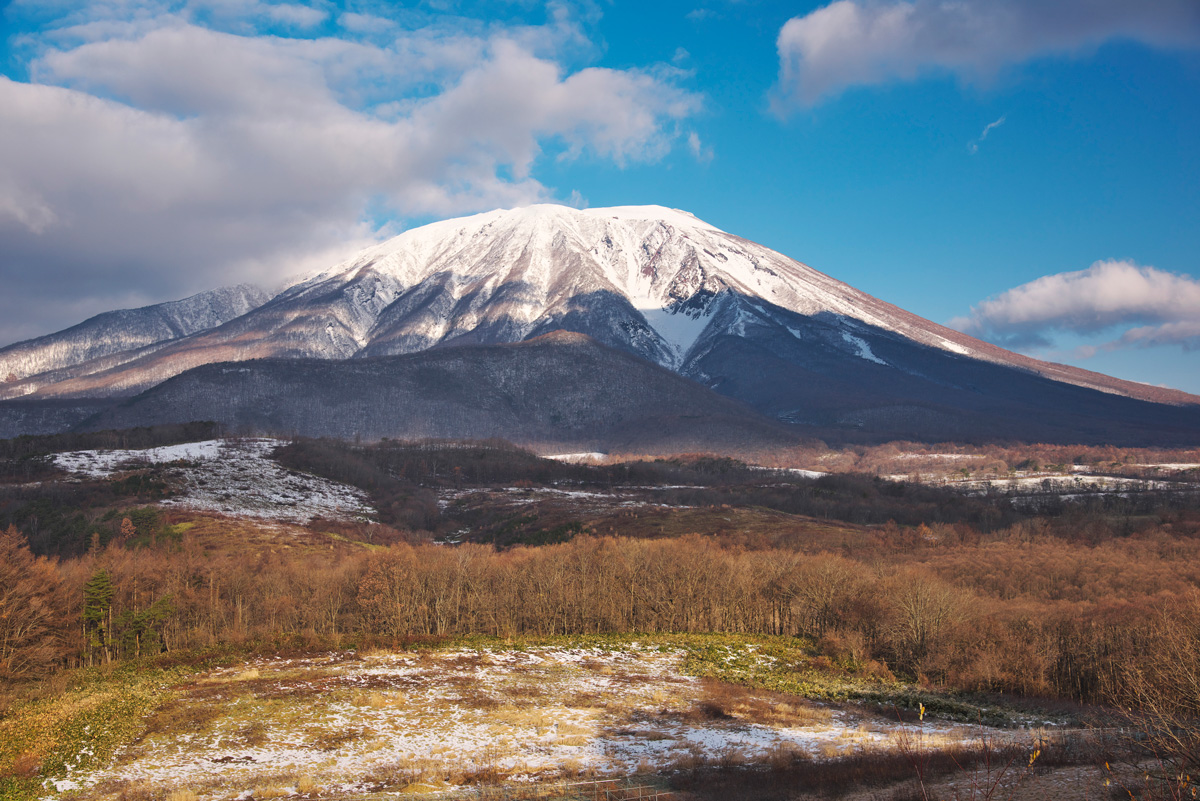
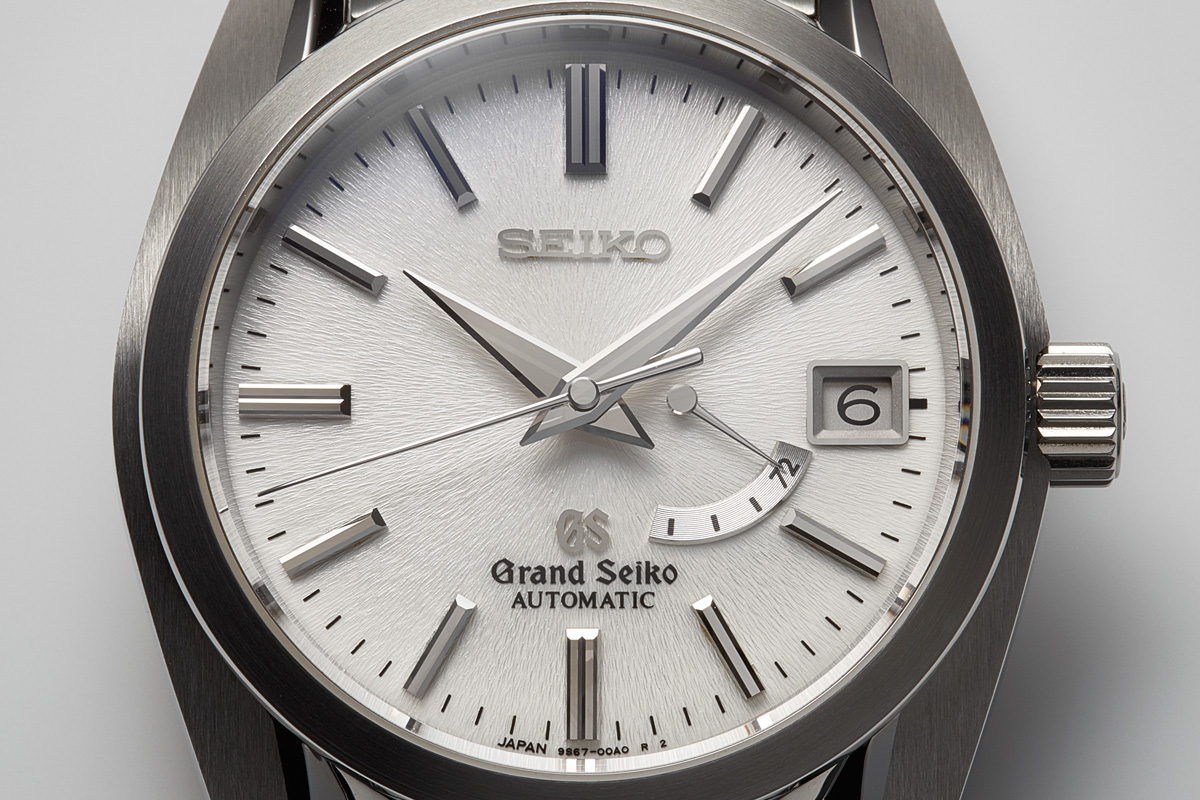
Why is Grand Seiko so attached to its birthplaces? The watchmaking industry is labor intensive. Each Grand Seiko factory draws its people from its local area, and it is not rare for generations of families to work at the same factory. The manufacture of Grand Seiko has always been a matter of local pride and that is precisely why Grand Seiko shows respect to the local areas' traditions and highly values its birthplaces.
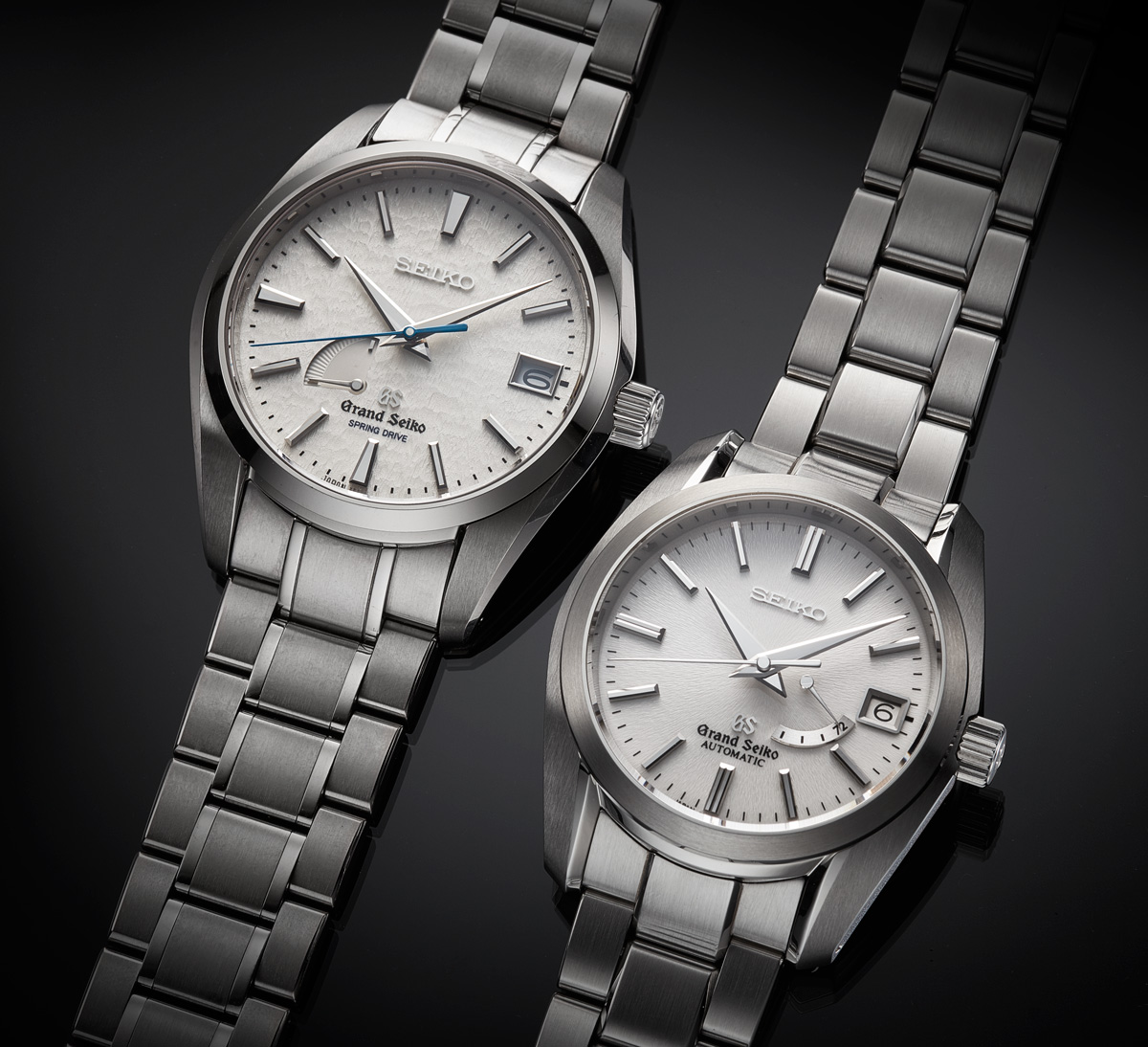
Right: In 1998, Daini Seikosha (Today’s Seiko Instruments) launched the 9S mechanical movement which immediately became the backbone of the Grand Seiko mechanical collection. SBGL001, the first mechanical movement with a three-day power reserve.

